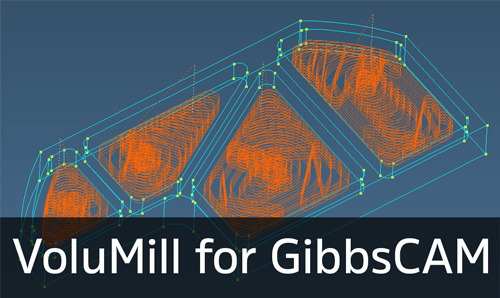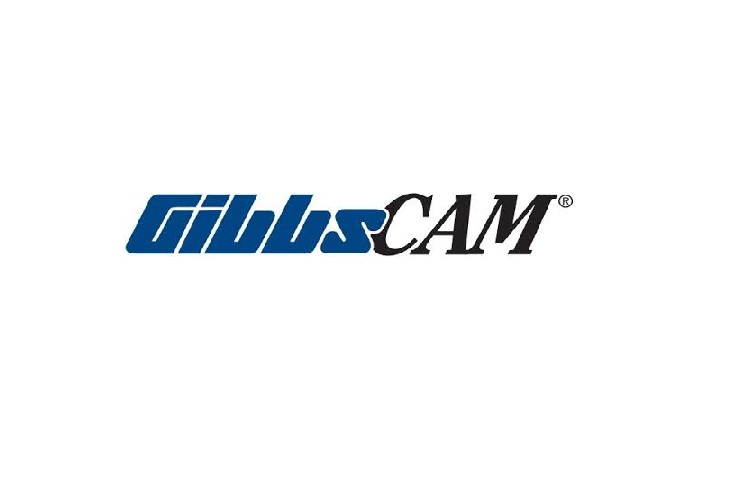Free Ultra-high Speed Roughing for New Production Mill Users
Gibbs and Associates, developer of GibbsCAM® software for programming CNC machine tools and a Cimatron company, today announced that, beginning November 1 of this year, it began including a no-cost license of VoluMillTM Wireframe for GibbsCAM with each new license of GibbsCAM Production Milling. Until now, the ultra-high-speed-toolpath engine was a fee-based option for GibbsCAM Production Milling, the primary milling package upon which a series of multi-axis GibbsCAM machining options integrate. Production Milling, which provides wireframe geometric modeling and toolpath generation for 2-, 2.5, and 3-axis machining, with 4th axis positioning, will now have VoluMill integrated within its traditional, shop-friendly interface. VoluMill Wireframe for GibbsCAM is a high speed machining process developed specifically to achieve the highest material removal rates while extending tool life through smooth transitions and constant tool loading. Customers have reported cycle time reductions as high as 70% and tool life extension of five times.
“Although we believe that our software already carries exceptional value, we are pleased to offer this incremental value to customers,” said Robb Weinstein, Senior Vice President of Sales and Strategic Planning of Gibbs and Associates. “They will achieve the greatest productivity possible in roughing parts, and quickly see how VoluMill’s ultra-high-speed machining, with its optimal material removal rates, translates into high-speed part production at lower cost through savings in time, tools, and machine maintenance.”

Traditional roughing toolpaths are typically generated as parallel offsets with sharp corners and transitions, requiring stops, starts and variable speeds to optimize motion and protect cutting tools from excessive wear and breakage. In contrast, VoluMill generates toolpaths optimized for volumetric material removal by using continuous tangential motion, specialized contour ramping, adaptive feed rates, and chip thickness control, achieving the highest feeds and speeds possible. By leveling tool load, maintaining constant machine-tool motion and using high-speed-repositioning, the software produces more efficient toolpaths, extends tool life and significantly reduces cycle times. No additional optimization is required.
VoluMill for GibbsCAM works on any combination of part and stock boundaries, and supports an unlimited number of islands, walls, pocket depths and island heights. Some of the additional contributors to faster removal rates, longer tool life and much shorter cycle times include:
- Programmed rate of material removal to keep tool and work piece temperature consistent, dissipating heat with chips
- Automatic feed rate and depth of cut adjustment to maintain programmed material removal rate, eliminate excessive loading, and minimize tool wear, heat build-up and vibration
- Intelligent side milling and slot milling (with programmer override) to provide the fastest possible cycle time, with automatic feed rate and Z-depth adjustments in slot milling for constant material removal
- Smoothing radius to maximize tool utilization and minimize cycle time
- Contour ramping to maximize removal in tight areas, while minimizing cycle time
- Up to 100% step-over to ensure complete cleanup
- Clean-up milling to allow a smaller tool to remove material left by a larger tool
- High-speed repositioning, with minimal clearance and no tool drag across floor


